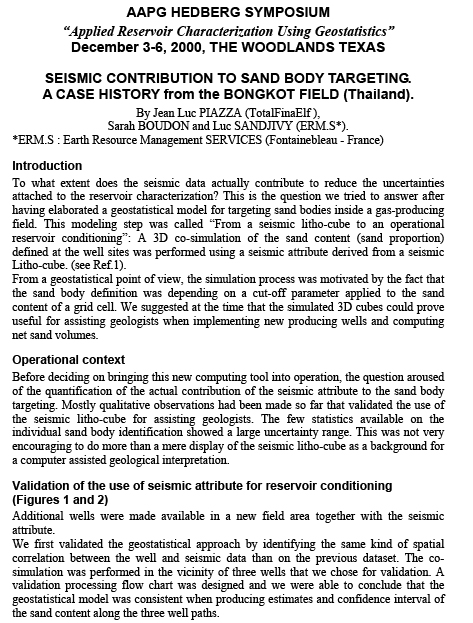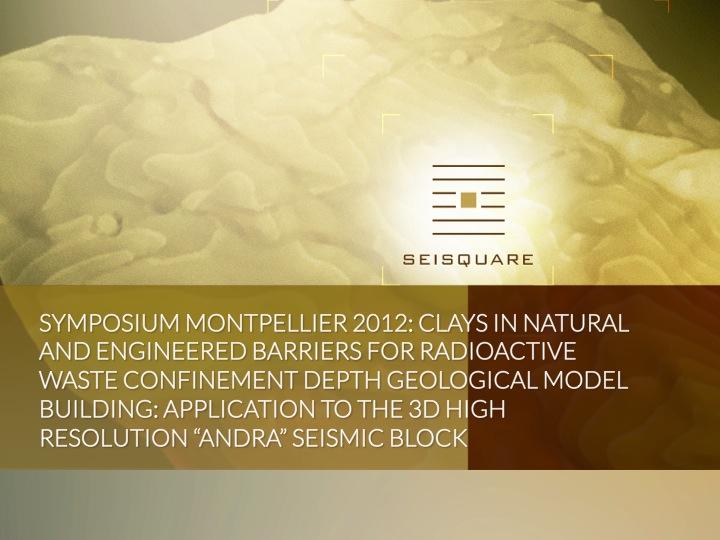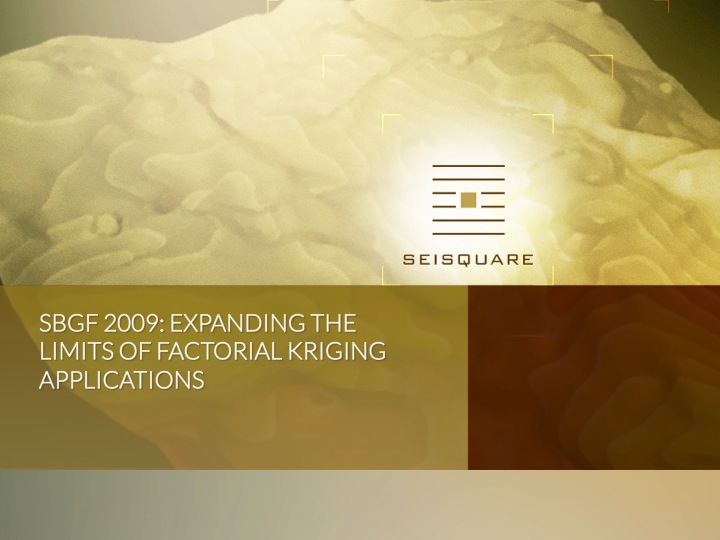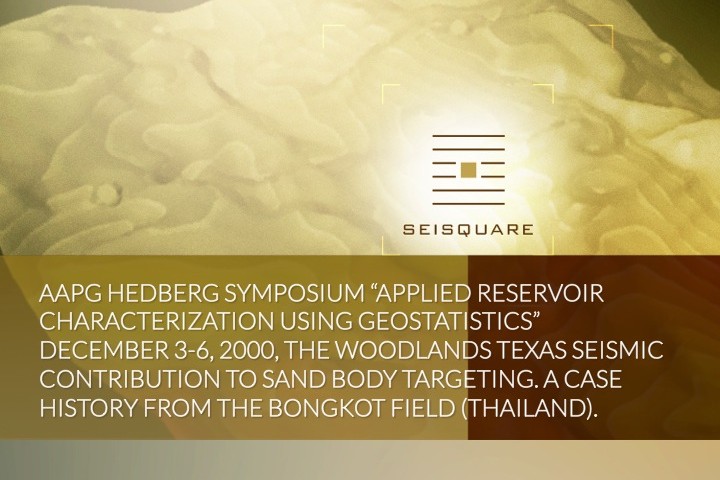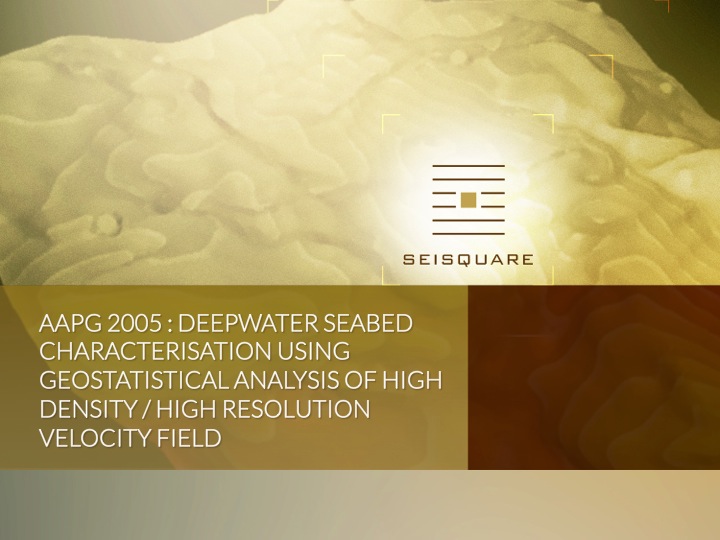To what extent does the seismic data actually contribute to reduce the uncertainties attached to the reservoir characterization? This is the question we tried to answer after having elaborated a geostatistical model for targeting sand bodies inside a gas-producing field. This modeling step was called “From a seismic litho-cube to an operational reservoir conditioning”: A 3D co-simulation of the sand content (sand proportion) defined at the well sites was performed using a seismic attribute derived from a seismic Litho-cube. (see Ref.1). From a geostatistical point of view, the simulation process was motivated by the fact that the sand body definition was depending on a cut-off parameter applied to the sand content of a grid cell. We suggested at the time that the simulated 3D cubes could prove useful for assisting geologists when implementing new producing wells and computing net sand volumes.
